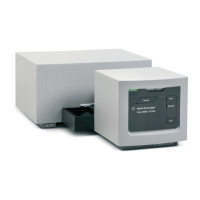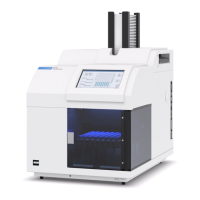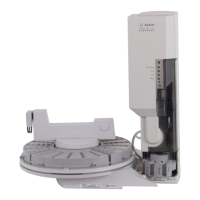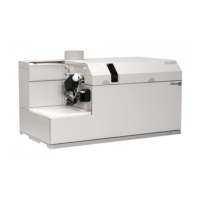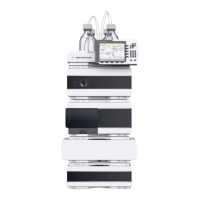Understanding Your Agilent ChemStation 139
Peak Identification
6
The Identification Process
The Identification Process
When attempting to identify peaks, the software makes three passes through
the integration data.
Finding the Reference Peaks
The first pass identifies the time reference peaks. The software searches peak
retention/migration times from a run for matches within the
retention/migration windows of the reference peaks in the calibration table. A
peak from the run is identified as a reference peak in the calibration table if
the run peak’s retention/migration time is within the window constructed for
the calibration table peak.
If more than one peak is found within a window, the peak with the largest area
or height followed by a positive signal qualifier match, if set up, is chosen as
the reference peak.
After each time reference peak is found, the difference between its
retention/migration time and that given in the calibration table is used to
adjust the expected retention/migration times of all other peaks in the
Calibration table.
Finding the ISTD Peaks
The second pass identifies any defined internal standard peaks. If they have
not already been identified as ISTD, peaks may be identified as time reference
peaks. ISTD peaks are identified by peak retention/migration time windows
and peak qualifiers. If more than one peak is found in the same ISTD window,
the largest peak is chosen.

